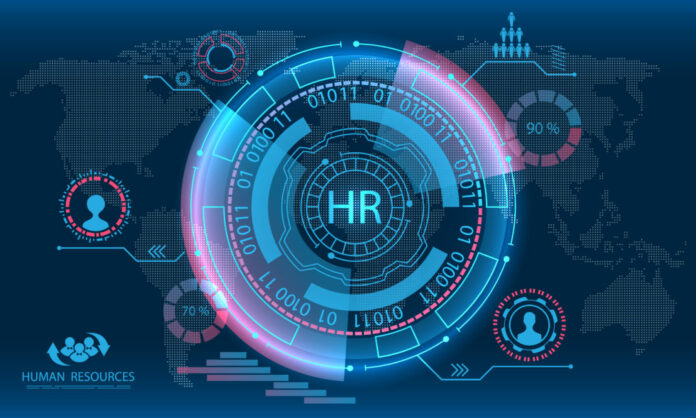Let the analytics and monitoring tools not be used as ‘big boss/big brother’…
For the past few months, we’ve been hearing more about HR analytics or employee analytics or workforce analytics and performance monitoring. According to recent research by HR Acuity, almost 61% of organizations use multiple metrics to analyze employee behaviour, engagement and performance.
Moreover, adopting analytics software for monitoring employee performance has gone up, since the coronavirus outbreak and the implementation of shelter-at-place policies. As organizations are shifting towards a system of remote working, they are looking for easy ways to monitor and manage their workforce.
Some organizations use the ultimate remote work policy in three words as: ‘We Trust you’, while others are in need of analytics technology and software that can track the employee performance.
However, the implementation of stringent employee monitoring technology that is either felt as overbearing or intrusive can have a negative impact on the employee’s performance and motivation. “The problem isn’t with the technology, it’s with how it is being used and employed,” explains Sam Lessin, one of the co-founders of Fin, an analytics and measurement platform for operations work.
He further explains that using technologies for monitoring and measuring performance is already being effectively used in the sports teams for years. Moreover, these platforms can be used to analyze the team’s workflow and can help in automation of repetitive steps facilitating to train themselves for other efficiency gains. For instance, Fin’s clients have used in on their teams and have achieved a 12% increase in their efficiency. Hence the right way of using is all the more important to improve efficiency.
Furthermore, other experts say that, before using any productivity monitoring tools, the critical question that has to be asked is “Is it fair to monitor employees?” and they suggest that it is better to decide upon the type of work the employee does. If it can be legitimately measured by these tools and if the measured data can help you plan, then the monitoring tools can be introduced when agreed by both sides.
“Trust is the key” and value proposition for the employees has to be at the heart of implementing monitoring tools, adds Euclides J. Marin, Head of Solutions Engineering at Nakisa Hanelly.
As previously said, let the analytics tools be not used to track time and activity, more like a big boss oversight, rather measure progress on goals, milestones and outcomes important for both your employees and the organization.

